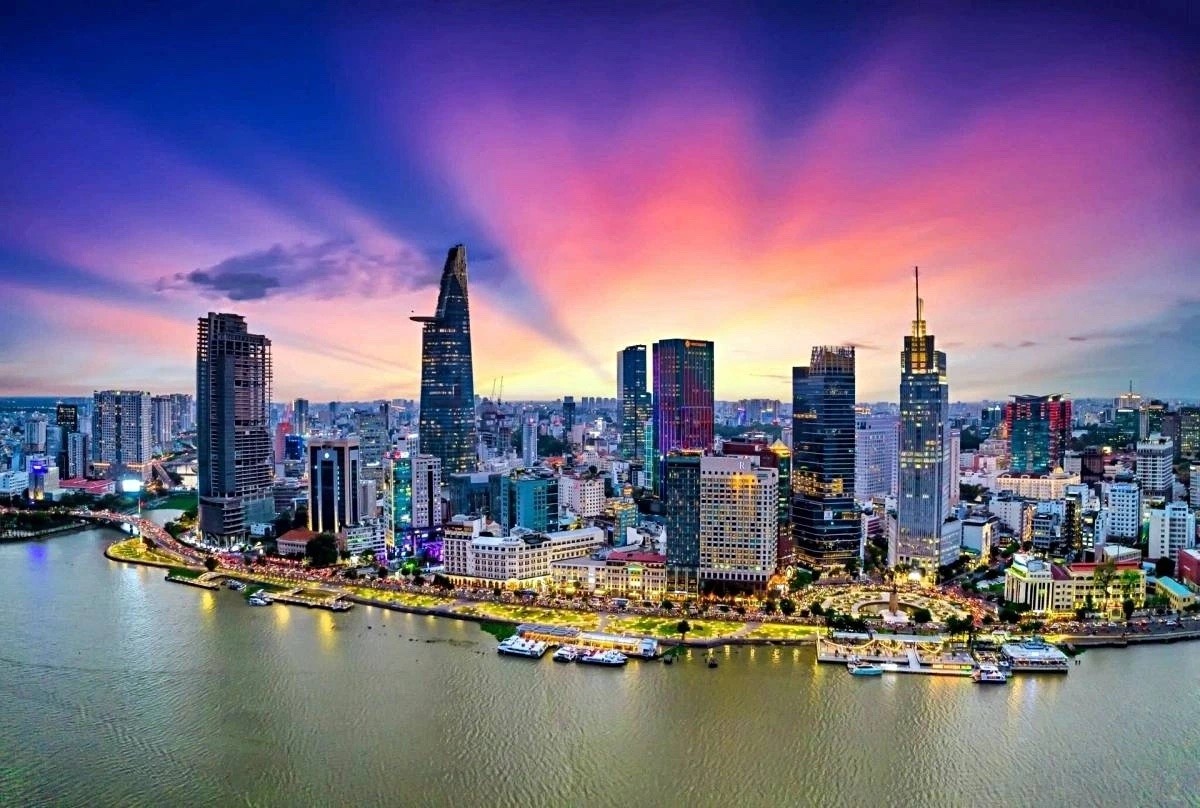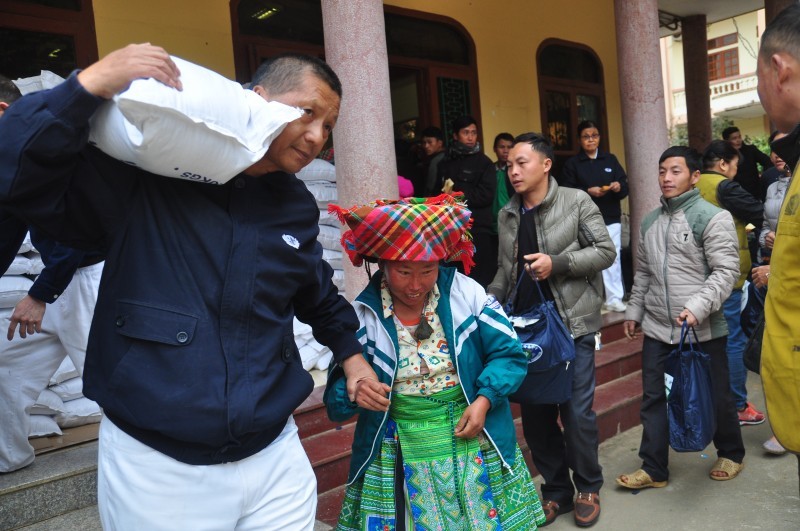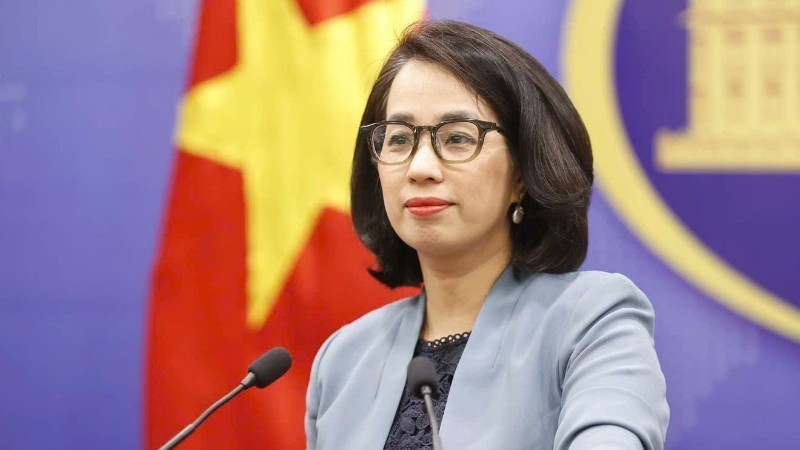Vietnam Ranked Among 21 Richest Countries In Asia: Insider Monkey
Despite being a lower-middle-income economy, the country has experienced remarkable economic growth over recent decades, making it one of the fastest-growing economies of the 21st century, wrote Insider Monkey.
According to the website, Vietnam is a member of several international and intergovernmental organizations, including ASEAN, APEC, CPTPP, the Non-Aligned Movement, OIF, and the WTO. Vietnamese wealth in 2021 stood at US$985 billion, making it one of the richest Asian nations.
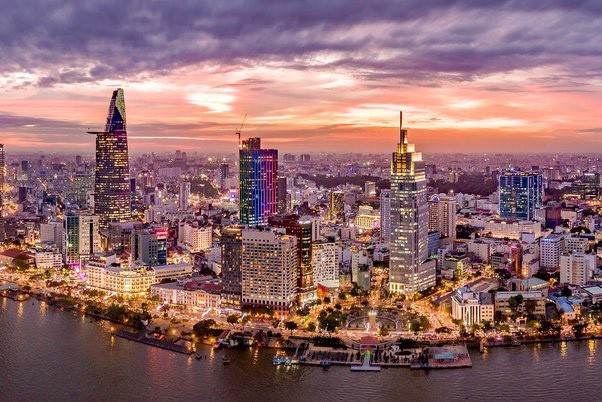 |
| Photo: QUORA |
To determine which are the wealthiest countries in Asia, Insider Monkey analyzed data from Credit Suisse’s Global Wealth Databook 2022. This database calculates wealth, as of 2021, based on the value of financial and non-financial assets while subtracting debt.
The finance website selected the 21 richest countries in Asia based on total wealth, duly ranking the list in ascending order of wealth.
China topped the list with a total wealth of US$85,107 trillion in 2021, followed by Japan with US$25,692 trillion and India with US$14,225 trillion.
The others to make the top five include the Republic of Korea and Taiwan (China), with a total wealth of US$10,149 trillion and US$5,878 trillion, respectively.
The dramatic development of Vietnam’s Economy
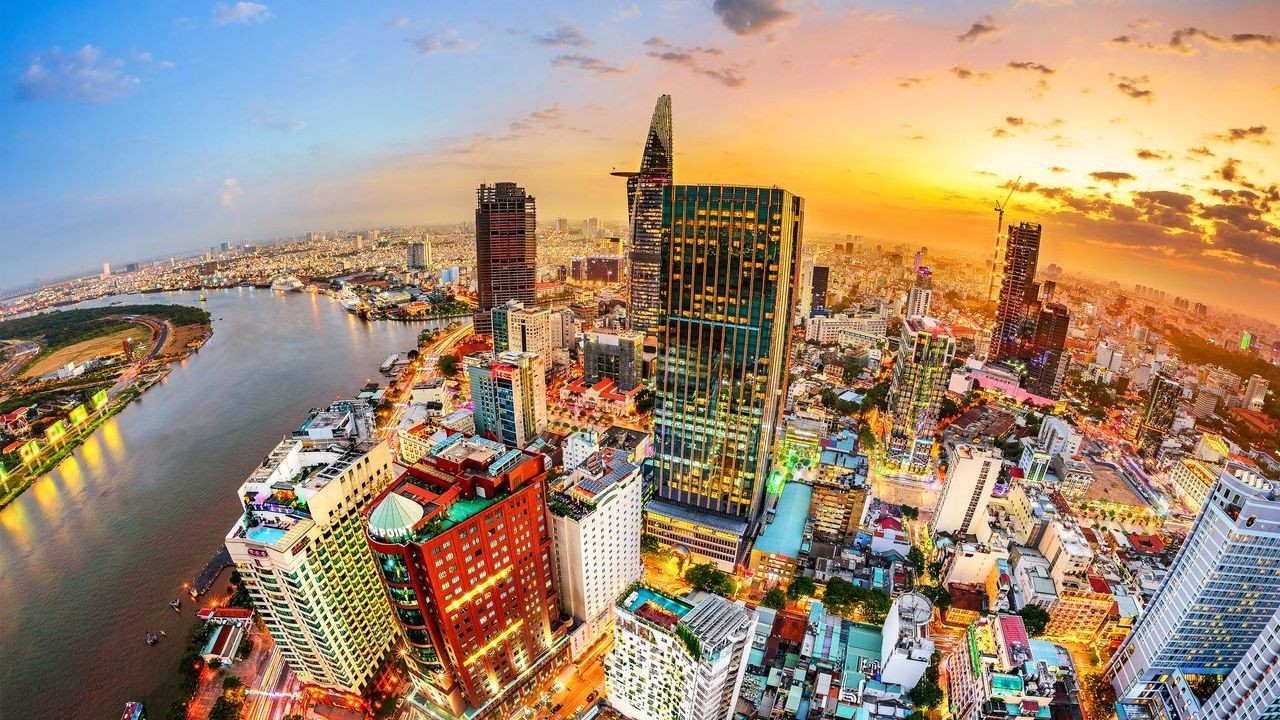 |
| Photo: Barron's |
Vietnam has been a development success story. Between 2002 and 2021, GDP per capita increased 3.6 times, reaching almost US$3,700. Poverty rates (US$3.65/day, 2017 PPP) declined from 14 in 2010 to 3.8 percent in 2020, according to World Bank.
Thanks to its solid foundations, the economy has proven resilient through different crises. GDP growth is projected to ease to 6.3 percent in 2023, down from 8% in 2022, due to the moderation of domestic demand and exports. Vietnam's economic growth is expected to rebound to 6.5 percent in 2024 as domestic inflation could subside from 2024 onward. This will be further supported by the accelerating recovery of its main export markets (U.S., Eurozone, and China).
Growing at 2.5 to 3.5 percent per year over the past three decades, the agriculture sector has supported economic growth and ensured food security. It contributed 14 percent of GDP and 38 percent of employment in 2020 while earning more than US$48 billion in export revenues in 2021 during the peak of the COVID-19 pandemic.
Health outcomes have improved along with rising living standards. Infant mortality rates fell from 32.6 per 1,000 live births in 1993 to 16.7 in 2020. Life expectancy rose from 70.5 to 75.5 years between 1990 and 2020. Vietnam’s universal health coverage index is at 73—higher than regional and global averages—with 87 percent of the population covered by the national health insurance scheme.
Vietnam’s average duration of (learning-adjusted) schooling is 10.2 years, second only to Singapore among the Association of Southeast Asian Nations countries. Its human capital index is 0.69 out of a maximum of one, the highest among lower-middle-income economies.
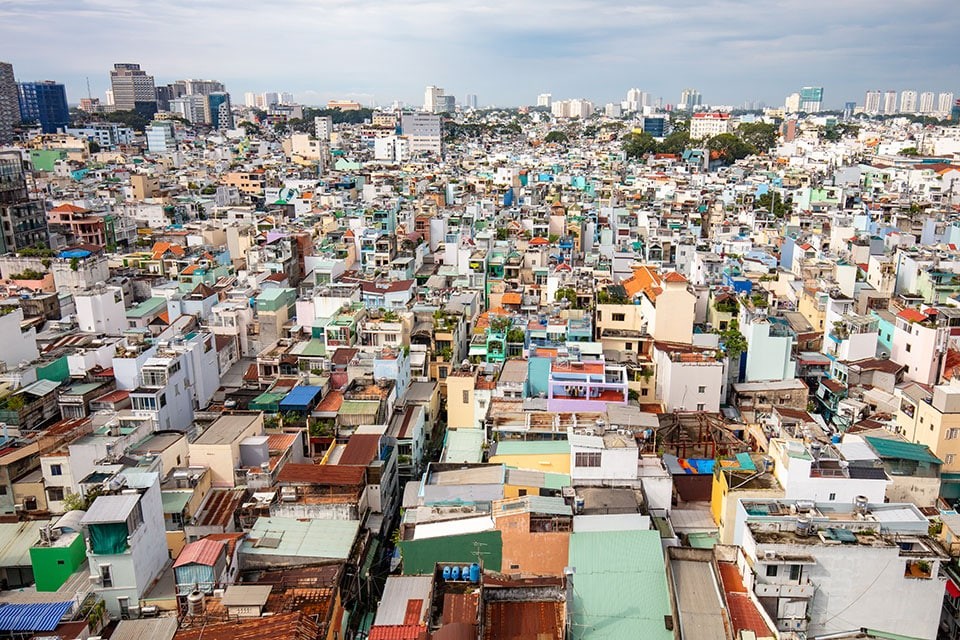 |
| Photo: CEOWORLD magazine |
Access to infrastructure services has increased dramatically. As of 2019, 99.4 percent of the population used electricity as their main source of lighting, up from just 14 percent in 1993. Access to clean water in rural areas has also improved—up from 17 percent in 1993 to 51 percent in 2020.
Vietnam has grown bolder in its development aspirations, aiming to become a high-income country by 2045. To achieve this goal, the economy would have to grow at an annual average rate of 5.9% per capita for the next 25 years. Vietnam also aims to grow in a greener, more inclusive way and has committed to reducing methane emissions by 30 percent and halting deforestation by 2030 while achieving net zero carbon emissions by 2050.
A few megatrends are shaping the future of Vietnam. The country’s population is rapidly aging and global trade is declining. Environmental degradation, climate change, and the rise of automation are growing. The COVID-19 crisis presented unprecedented challenges that might undermine progress toward development goals.
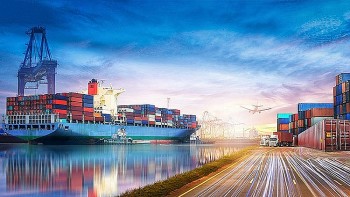 | Vietnamese Goods Take Advantage of Export Opportunities from FTAs Vietnam exported nearly US$80 billion of goods to markets with Free Trade Agreements (FTAs). |
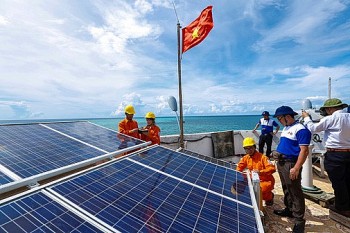 | UK Helps Boost Asia' Clean and Sustainable Economic Growth with US $15 Million Commitment British International Investment (BII), the UK’s development finance institution and impact investor, announced a US $15 million commitment towards building the investment capital needed to ... |
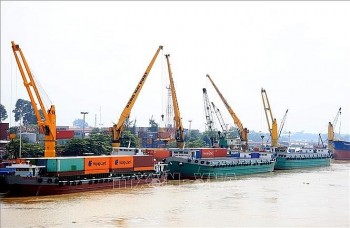 | Vietnam Posts Trade Surplus of US$9.8 Billion in Five Months The General Statistics Office (GSO) on May 29 announced that the total import and export turnover of goods in May 2023 was estimated at US$55.86 ... |
Recommended
 World
World
German Chancellor Merz begins his first state visit to India
 World
World
Vietnamese Lunar New Year Food Fair 2026 Showcases Cultural Identity in Malaysia
 World
World
India named President of BRICS+ for the 2026 term
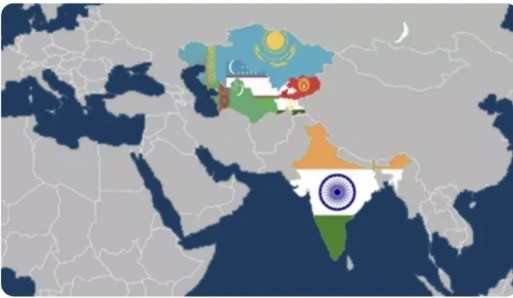 World
World
India strengthens defense and security ties with Central Asia
Popular article
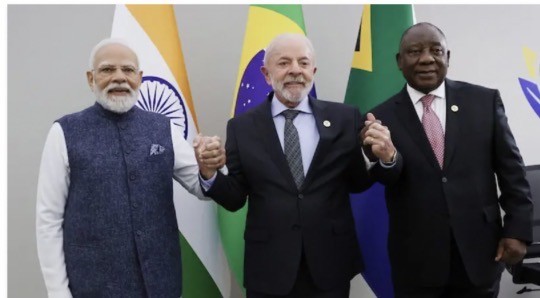 World
World
India–Brazil–South Africa (IBSA) Dialogue Forum: An Assessment – Analysis
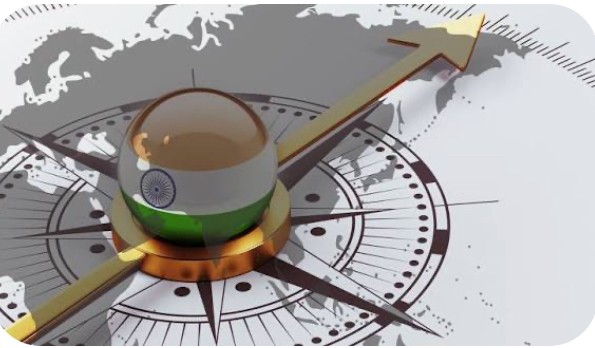 World
World
India’s package for exporters signals confidence in Southeast Asia markets
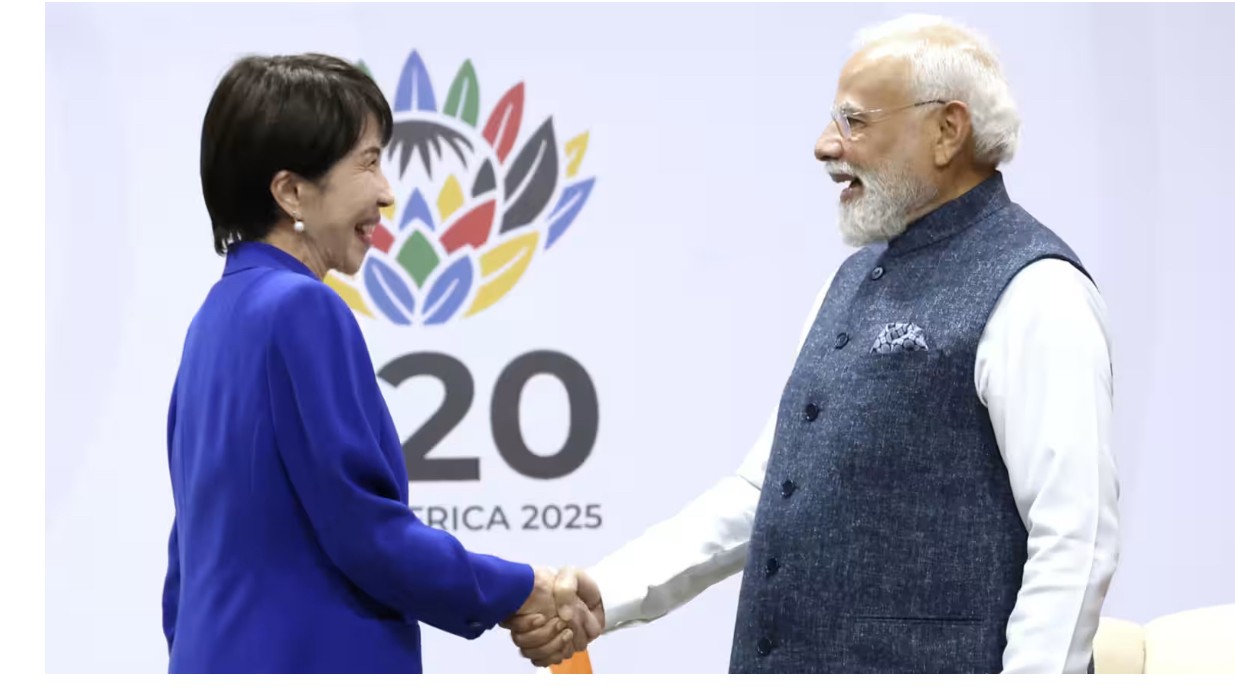 World
World
Japanese PM Sanae Takaichi and Indian PM Narendra Modi agree to deepen Japan-India cooperation
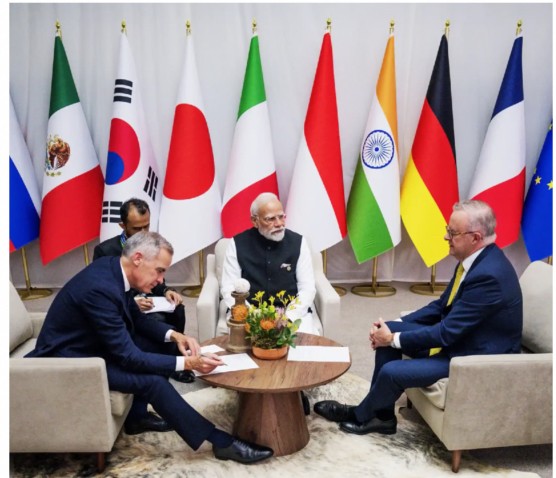 World
World




